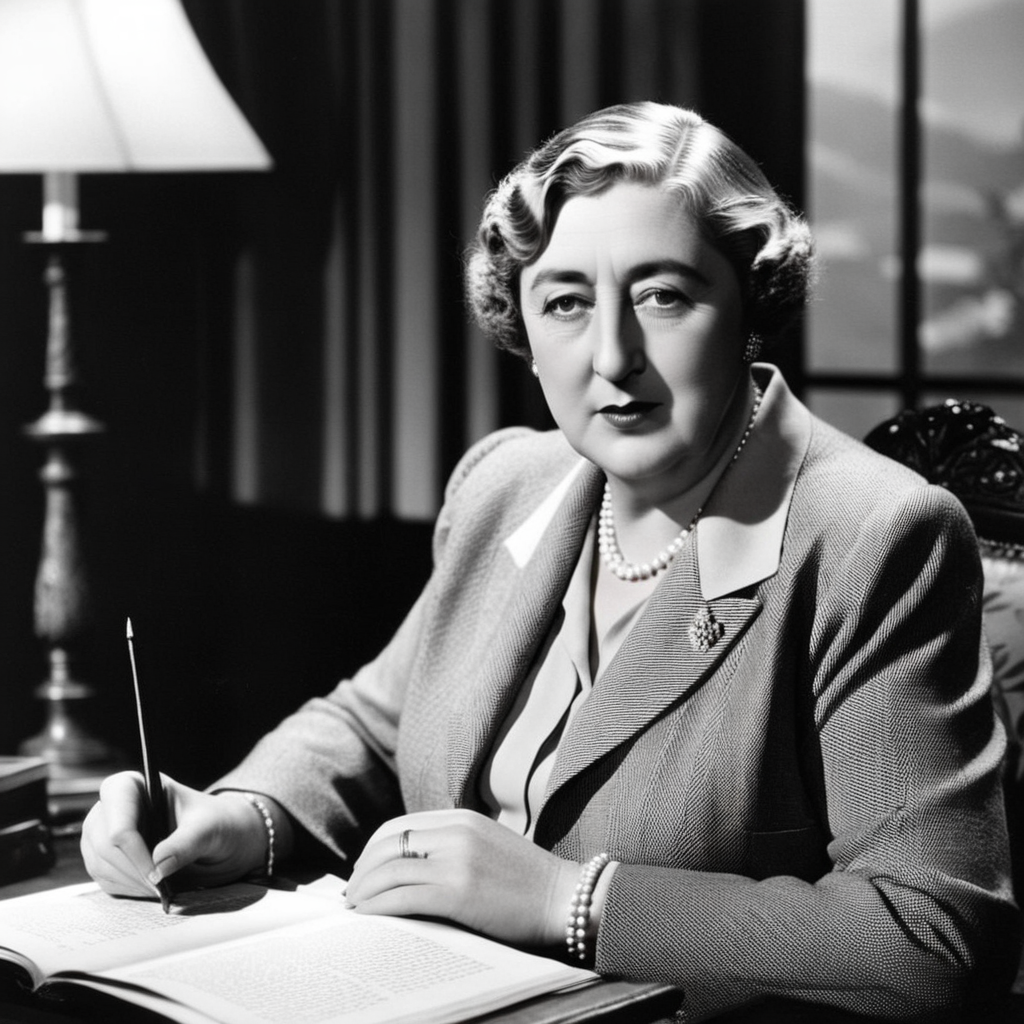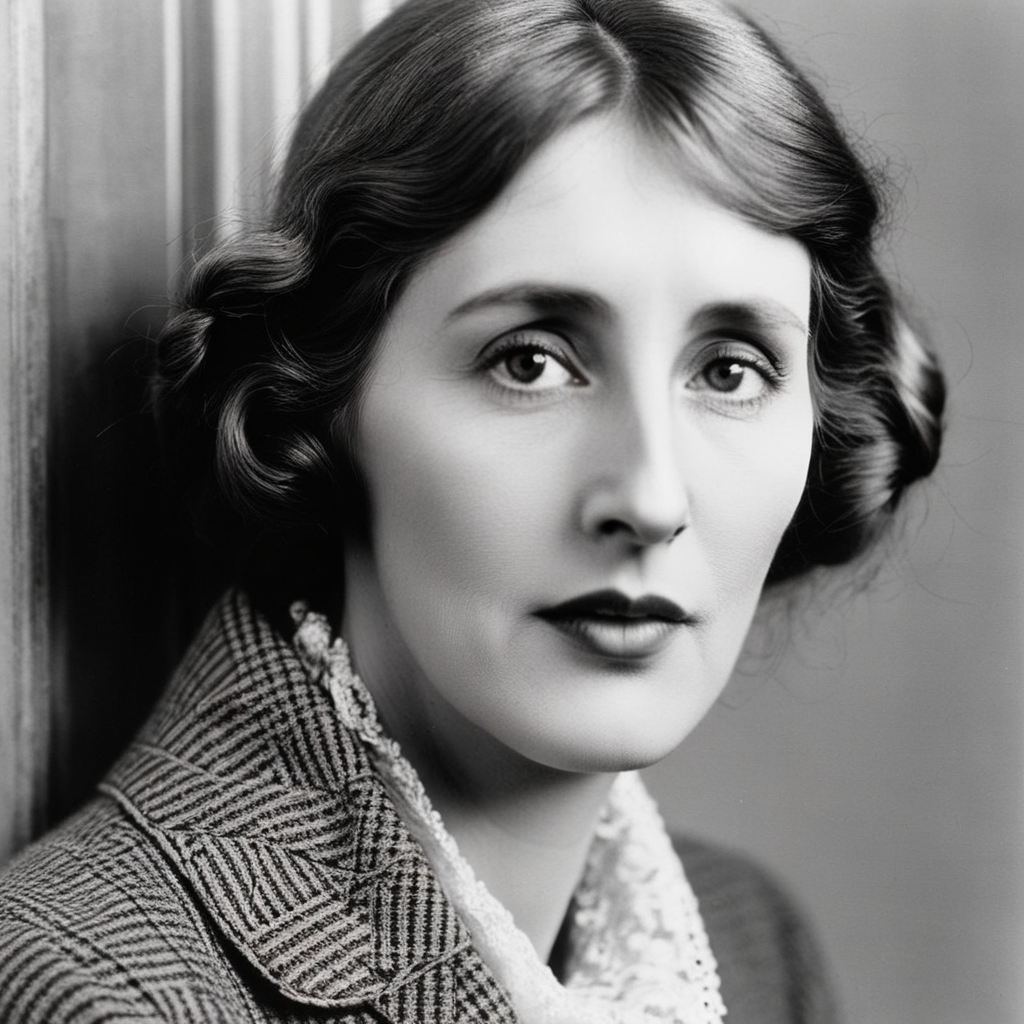Hilary Mantel: Weaving History into Fiction
Hilary Mantel: Weaving History into Fiction
In the enchanting world of literature, few authors manage to bridge the gap between fact and fiction as masterfully as Hilary Mantel. Renowned for her historical novels, she has an extraordinary ability to breathe life into the past. Let’s unravel the magic as we explore how Hilary Mantel skillfully weaves history into fiction.

A Glimpse into Mantel’s World
The Historical Tapestry
Hilary Mantel’s novels are like time machines, transporting readers to eras long gone. Take, for instance, her critically acclaimed works, “Wolf Hall” and “Bring Up the Bodies,” which delve into the tumultuous reign of Henry VIII. The attention to historical detail is nothing short of awe-inspiring.
Personal anecdote time: As a reader engrossed in “Wolf Hall,” I found myself not just reading but living in the intrigues of the Tudor court. Mantel’s meticulous research and vivid storytelling made history come alive, painting a picture so vivid it felt like I had stepped into the 16th century.
The Art of Characterization
Giving Life to the Past
Mantel’s characters are more than just figments of imagination; they are reincarnations of historical figures. Thomas Cromwell, Anne Boleyn, and others leap off the page, not as distant figures from a dusty history book, but as living, breathing individuals with desires, fears, and ambitions.
Here’s a thought: In “Bring Up the Bodies,” Cromwell’s internal struggles and political maneuvering are not just a narrative device. They mirror the complexities of real historical figures, making the past feel startlingly immediate.
The Dance of Fact and Fiction
Navigating Historical Gaps
Mantel gracefully maneuvers through historical gaps, seamlessly blending documented events with her imaginative interpretations. The spaces between facts become fertile ground for her creativity, allowing her to craft compelling narratives that resonate with authenticity.
Personal insight: Reading Mantel’s works, I’ve often found myself Googling historical events to separate fact from fiction. It’s a testament to her ability to blur the lines, leaving readers questioning where history ends and imagination begins.
Challenges and Criticisms
Facing the Historian’s Scrutiny
Mantel’s approach, while applauded by many, has also faced scrutiny. Some historians argue that her interpretation takes liberties with established facts. However, isn’t the beauty of historical fiction the freedom to explore untrodden paths and offer fresh perspectives?
Food for thought: Mantel once stated in an interview, “I am not a historian. I am a novelist.” It’s a reminder that her goal is not to replace history but to complement it with a different lens.
The Mantel Legacy
Inspiring Generations
Hilary Mantel’s impact extends beyond the literary realm. Her unique blend of history and fiction has inspired a new wave of historical novelists. The genre, once confined to rigid historical accuracy, now embraces a more imaginative and nuanced approach.
Closing reflection: As I finish a Mantel novel, I’m left not just with a sense of literary satisfaction but with a renewed fascination for history. It’s a testament to her ability to kindle a love for the past in readers young and old.

In the tapestry of literature, Hilary Mantel’s threads are woven with a blend of fact and fiction, creating a rich and textured narrative that transcends time. As we turn the pages of her novels, we not only witness history but become a part of it, guided by the skilled hands of a master storyteller.


